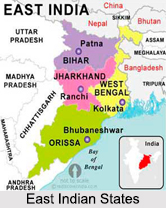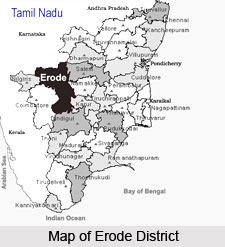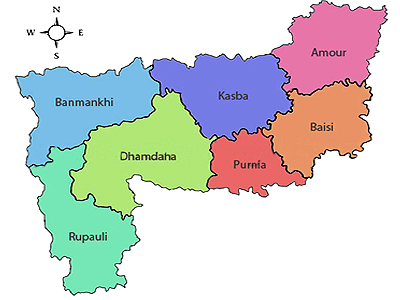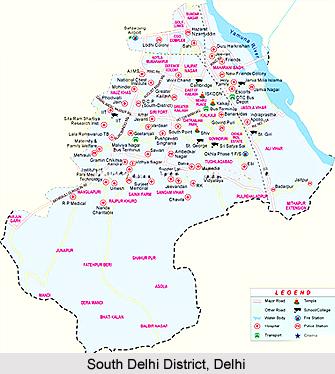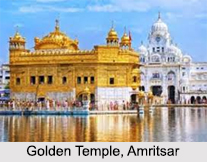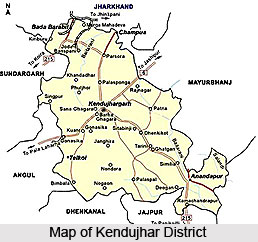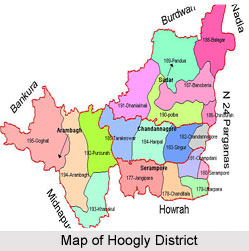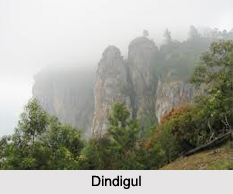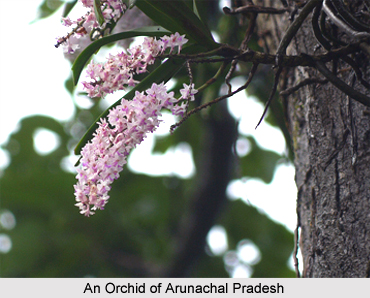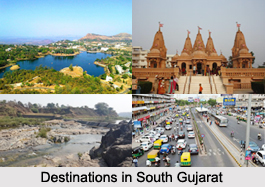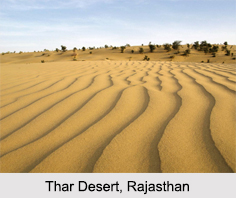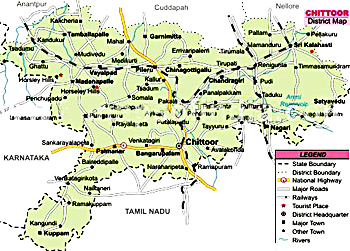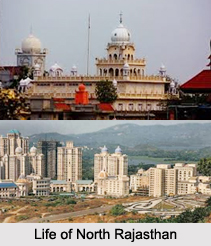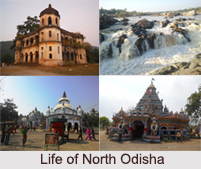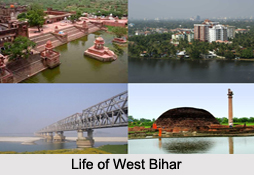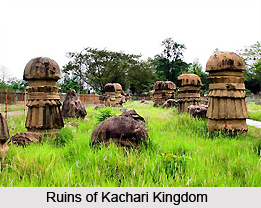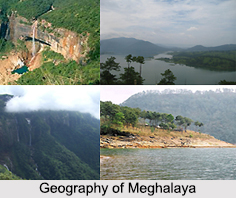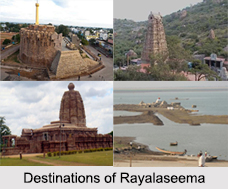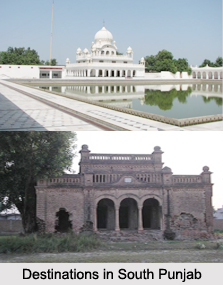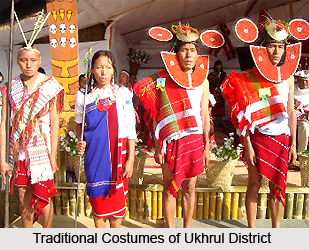 Culture of Ukhrul District is a reflection of the tribal customs and traditions, who have been dwelling in this portion of India since ages. The virgin landscape of Ukhrul district lures visitors who are ardent nature lovers and prefer the tranquil surroundings of spectacular mountains which dot the district.
Culture of Ukhrul District is a reflection of the tribal customs and traditions, who have been dwelling in this portion of India since ages. The virgin landscape of Ukhrul district lures visitors who are ardent nature lovers and prefer the tranquil surroundings of spectacular mountains which dot the district.
The Tangkhuls are known to possess an ethnic culture and the name of `Tangkhul` was granted to them by the Meiteis, who are their neighbours. `Luhupas` was the name which was given to the northern Tangkhuls. The residents of Myanmar imparted the name of `Nagas` to these Tangkhuls.
The Nagas or the Tangkhuls sport pierced earlobes, which is an ancient culture of these regional inhabitants of Ukhrul district whose origin is linked to the Mongolian race. They are said to have been associated with a family of Tibeto-Burman, which is actually a sub family of Sino-Tibetan. This implies that their origin is in Tibet and south-western part of China. The upper mountain ranges of Huang Heo and Yangtze Rivers, which are located in the province of Zinjiang, China, are believed to be the most ancient shelters of the Tangkhuls. The Tangkhuls shifted to various directions since they were unable to tolerate the heat of the desert region here. Some of them migrated to China, whole others became tribes of the Tibetao-Burmese area which included other sub tribes of Naga and Tangkhuls. This occurred between 10,000 B.C. and 8000 B.C.
Via Myanmar, the Tangkhuls and other Naga tribes arrived in Arunachal Pradesh, Assam, Nagaland and Manipur. Some of the tribes decided to settle down in Myanmar and were accompanied by Marams, Thangals, Poumeis and Maos. These people constructed megaliths at Makhel to mark their memory of dispersing to different locales from there. The `huison`, `kongsang` and other jewelleries used by the Tangkhuls were composed of cowries, sea shells and conch shells.
Tangkhul tribes were residing in the region of Samshok or Thuangdut in Myanmar by the 2nd century A.D. Following the invasion of Ko-lo-feng, the Tangkhuls started moving away from Samshok. The Shans drove them to the north-western portions of Myanmar soon afterwards. The Tanghkuls, along with numerous other Naga tribes travelled to Myanmar from China. The journey of the Tangkhuls from the nation of China to Myanmar and eventually to India is an account of extreme bravery.
Every Tangkhul village practised an ancient tradition of following numerable rituals. These villages were self dependent in all spheres, except only salt and were governed by self governing units. A hereditary or elected chief, who was assisted by a Council of Elders used to rule the Tangkhul villages. The ruling chief was a commander and a judge too. However, the villages were under constant threats from the organised army which was led by the Meitei king.
Historical evidences indicate that the Tangkhuls existed in the 13th century during the rule of Thawanthaba whose rule continued from 1195 to 1231 A.D. Thawangthaba belonged to the Ningthouja Meitei dynasty. It is said that there existed a trade relation between the Meiteis and Tangkhuls. `Leirungphi` or the `Elephant Cloth`, adorned with intricate animal patterns were worn by the Naga tribes of Manipur and originated in the middle of the 17th century. This special cloth was offered as gift to the allies of the Nagas. `Karaophi` or `Changkhom` is the name of the popular shawl utilized by the Tangkhuls. They were also fond of dancing and their dances involved `Chingkheirol` in the Eastern Indian state of Manipur.
The relationship between Meiteis and the Tangkhuls not only included military conquests and battles, but also involved commerce and trade activities. The Tangkhuls were said to supply cotton to the valley. They were engaged in activities like selling and purchasing in the region of Sanakeithel, which was an important market in Imphal. Manipuri coins termed as `sel` were also employed as a significant means of exchange which was brought about during the rule of Khagemba, who ruled from 1597 till 1652.
